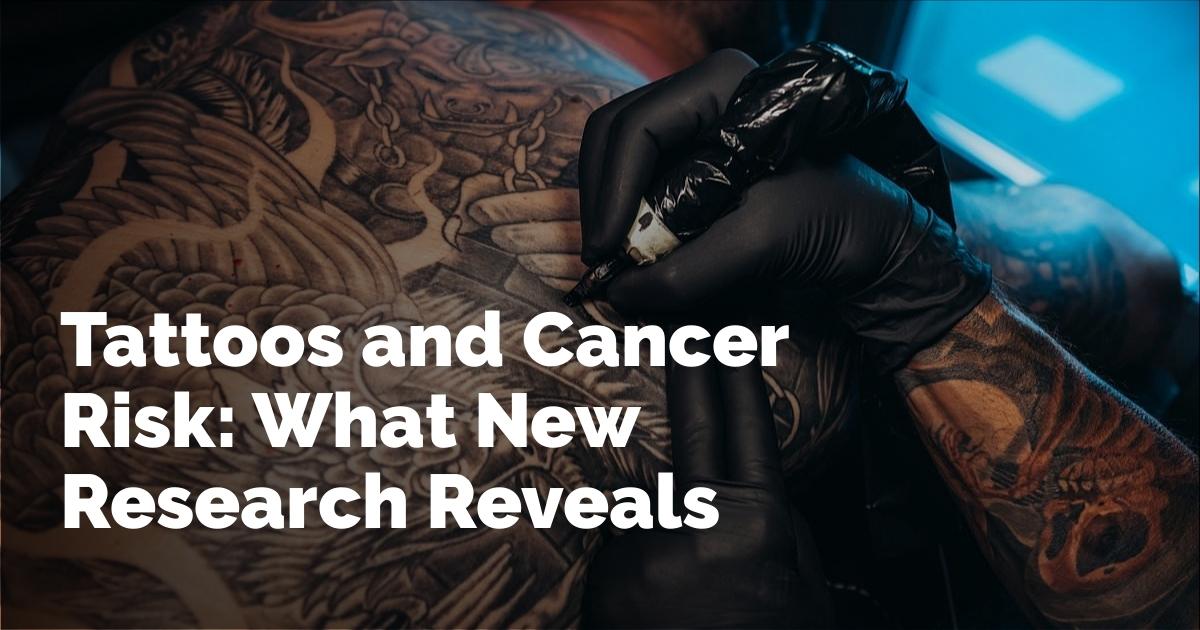The Tattoo-Cancer Connection: Exploring the Risks
A recent study spearheaded by Danish and Finnish scientists has ignited a heated conversation about the potential health risks associated with tattoos, particularly their link to cancer. The research analyzed over 2,000 twins to uncover distinct differences in cancer prevalence among those with tattoos compared to those without.
Understanding the Study and Its Findings
The twin study is considered one of the most reliable research methods due to its ability to compare genetically similar individuals while examining the consequences of various lifestyle choices. In this case, the researchers discovered that individuals with tattoos were up to 62 percent more likely to develop skin cancer. However, the critical finding of the study was that the location and size of the tattoos mattered significantly. Those with large tattoos extending beyond the size of a palm showed a 137 percent increase in skin cancer risk and a staggering 173 percent rise in lymphoma, a serious blood cancer type.
Rising Tattoo Popularity and Its Implications
The surge in tattoo popularity, particularly among young adults in Europe and the UK, raises concerns about increasing health risks. The study highlights that approximately one in four people in the UK now have at least one tattoo, accentuating the need to understand the potential long-term effects fully.
How Tattoos Might Affect Health
According to the study's lead author, Professor Henrik Frederiksen of the University of Southern Denmark, the ink from tattoos could potentially infiltrate the bloodstream, becoming lodged in lymph nodes — an integral part of the body's immune mechanism. The researchers theorize that this might incite chronic inflammation that could trigger abnormal cell growth, increasing cancer susceptibility.
Potential for Weakening the Immune System
Professor Frederiksen elaborated on the possibility that the ink particles are perceived as a foreign body by the immune system. Consequently, this constant state of defensive action might weaken the immune capabilities of the lymph nodes, although further research is necessary to affirm these conjectures and uncover any additional health ramifications.
The Role of Tattoo Colors and Hidden Symptoms
Although the data suggests a link between tattoos and higher cancer risks, researchers concede that tattoos may not cause cancer directly. Instead, they might conceal symptoms of skin diseases, consequently delaying diagnosis and possibly allowing cancers such as melanoma to reach more severe stages unbeknownst to the individual.
The study opens the door for further inquiry into whether specific colors of tattoo ink might play a role in increasing cancer risk. Researchers are committed to exploring this avenue, indicating an important next step in their work.
The Broader Health Context
With approximately 200,000 cases of skin cancer annually diagnosed in Britain, including nearly 17,500 cases of the more hazardous melanoma, increased awareness and understanding of contributing factors, such as tattoos, are crucial for public health. Similarly, the study has implications for understanding lymphoma, diagnosed in about 17,000 individuals each year in the UK, an illness stemming from the abnormal development of blood cells tasked with fighting infections.
Fostering Further Research and Discussions
The findings of this study underscore the necessity for further research to more clearly define the relationship between tattoos and cancer risks. In the meantime, individuals seeking tattoos might benefit from consulting health professionals about these potential risks, helping them make more informed decisions regarding body art.
Conclusion
While tattoos hold cultural and personal significance for many, recognizing their potential health implications is vital. This pioneering study by the Danish and Finnish scientists offers a launching point for future investigations, potentially influencing public health guidelines and personal choices regarding tattoos.
By advancing our understanding of the possible consequences of this ever-popular form of self-expression, this research aids in guiding safer and healthier decisions in the context of skin art and health.
출처 : Original Source

